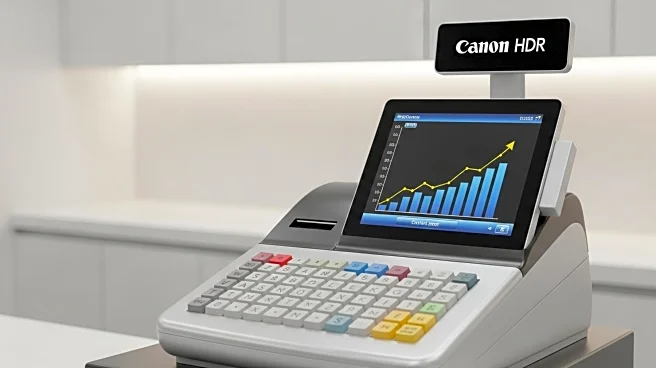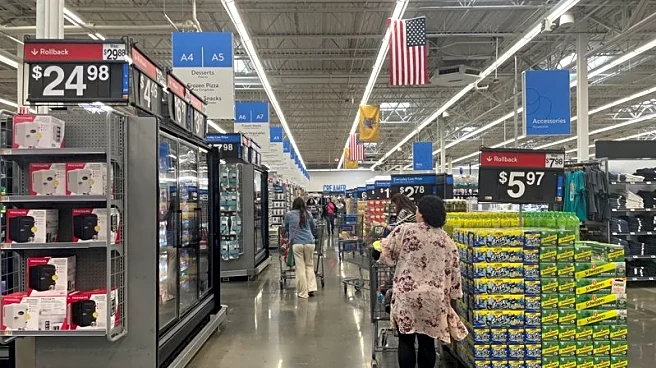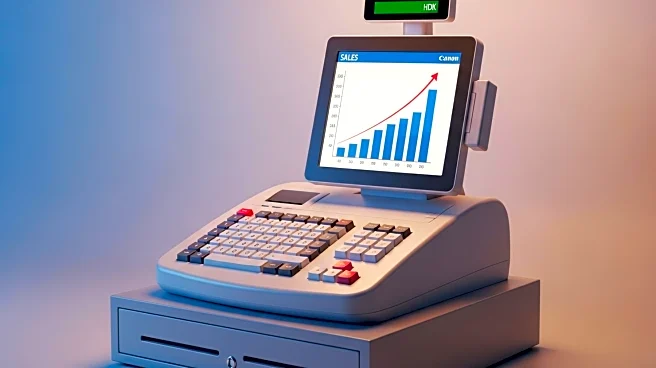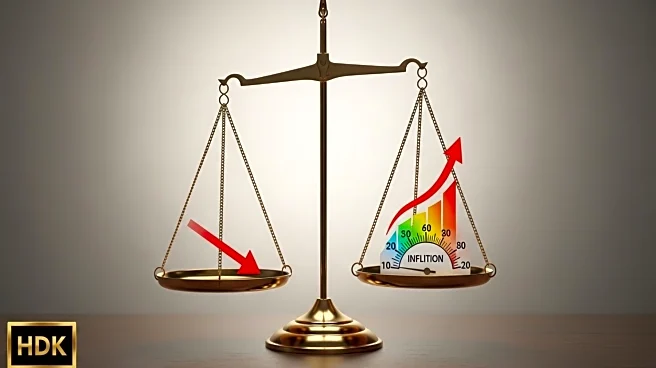What's Happening?
Retail sales in the United States rose for the third consecutive month in August, indicating robust consumer spending despite the impact of tariffs on certain goods. According to the Commerce Department, retail purchases increased by 0.6% in August, following a similar rise in July. This growth was driven by online retailers, clothing stores, and sporting goods, likely due to back-to-school shopping. The report suggests that while tariffs have increased the cost of some goods, consumer spending remains resilient. Federal Reserve officials are monitoring this spending closely as it constitutes two-thirds of U.S. economic activity. They are expected to cut interest rates to protect the labor market from further weakening.
Why It's Important?
The continued rise in retail sales is a positive sign for the U.S. economy, suggesting that consumer confidence remains strong despite tariff-induced price increases. This resilience is crucial as consumer spending is a major driver of economic growth. The Federal Reserve's potential interest rate cut aims to sustain this momentum and mitigate any negative impacts on the labor market. However, the ongoing tariffs could still pose challenges, particularly if they lead to significant price hikes that deter consumer spending. The situation underscores the delicate balance policymakers must maintain to support economic stability.
What's Next?
Federal Reserve officials are expected to announce an interest rate cut following their two-day meeting, aiming to shield the labor market from further deterioration. The impact of this decision on consumer spending and overall economic activity will be closely watched. Additionally, the release of a report on real spending on goods and services later this month will provide further insights into the economic outlook.












